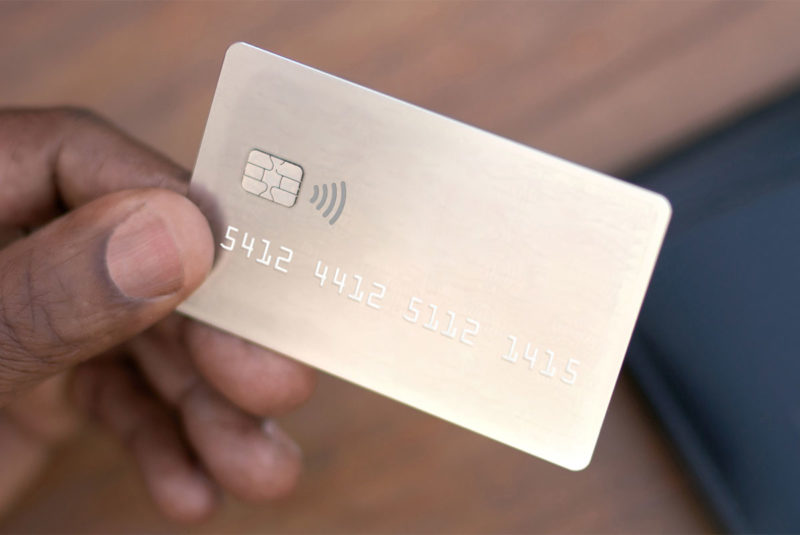What is the fastest way to boost your credit score? That’s easy – keep the amount of credit you use at less than thirty percent of your total available credit. That number makes up a third of your credit score, and lowering it gives an immediate boost to how credit-worthy you look to lenders.
Your credit score can seem like a mystical, magical thing, and there are unlimited ways that lenders slice and dice the numbers to arrive at different types of scores. The most widely used credit score – FICO – was introduced in 1989, and ranges from a low of 300 to a perfect score of 850.
In an era where people with good credit scores get offers from credit card companies in the mail on a nearly daily basis, it’s easy to open accounts where, if you maxed your borrowing, the balances would total more than a year of your salary. The more you borrow, lenders figure the more trouble you’re having making ends meet. This makes you a riskier bet for any more credit. The increased chance that you may default means lenders want to you to pay higher interest rates to make it worth the risk of lending to you.
In the classic FICO score, the amount of available credit you’re using – called a “credit utilization ratio” – constitutes thirty percent of your score, making it the second largest consideration in assessing your credit worthiness. The other portions of the score are:
Payment History
How you’ve handled paying your bills and loans in the past, which makes up 35 percent. It’s the biggest component, but the most difficult for you to fix, since missed payments and defaults can stay on your credit history for seven to ten years. One 30-day late payment can drop your score by as much as 110 points, and can take years to disappear. Paying on time now and in the future helps of course, but the boost to your score isn’t immediate.
Length of Credit History
How long you’ve had credit, which is fifteen percent of your score, and another one you can’t change in a hurry.
New Credit
How many accounts and credit inquiries you’ve made in the last six to twelve months, which is ten percent of your score. If you’re adding a bunch of credit, lenders get worried about whether you’ll go on a buying binge or borrow if you lose a job. This is another one that takes time to fix.
Credit Mix
The types of borrowing you’re doing, which is the last ten percent of your score. Borrowers with a mix of credit, such as a mortgage, car loan and some revolving debt on a credit card, are considered to have proven they are better at handling debt than someone with just one type of credit experience. Again, this is not something you can change immediately.
The only score factor you can change quickly is how much credit you are using. Systematically paying down a card balance, making a lump-sum payment or ensuring that no single card is using more than thirty percent of available credit, is your best bet.
Keeping your credit utilization low is also a reason to avoid closing accounts once you’ve paid them off. Unless you have a spending problem and know you’ll be tempted, just cut up the card but keep the account open.
The Short Version
- Keep the amount of credit you use at less than thirty percent of your total available credit.
- Paying on time now and in the future helps of course, but the boost to your score isn't immediate.
- Borrowers with a mix of credit are considered to have proven they are better at handling debt than someone with just one type of credit experience.
- The only score factor you can change quickly is how much credit you are using.




